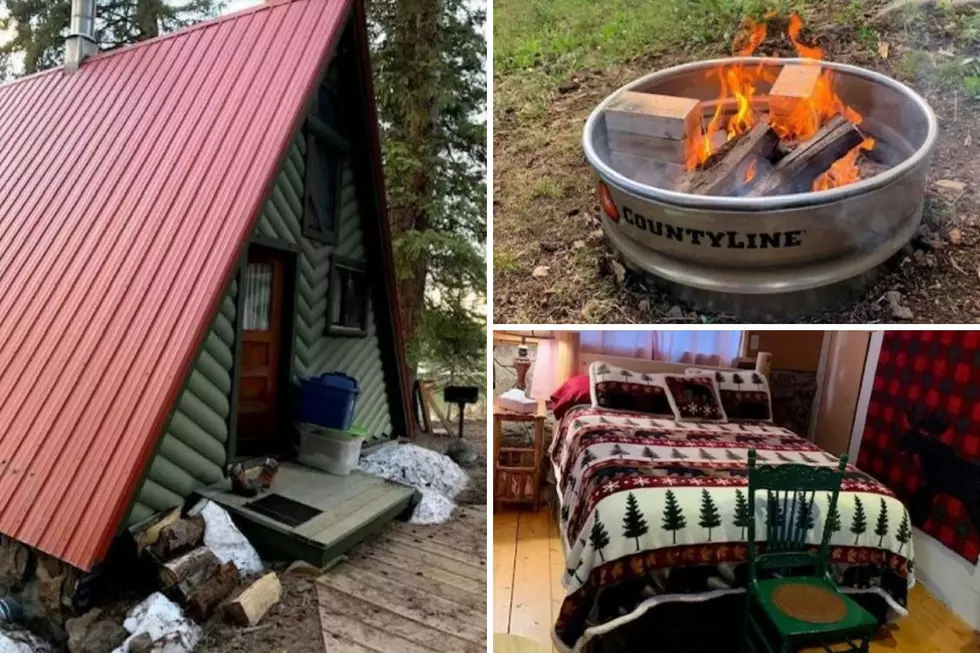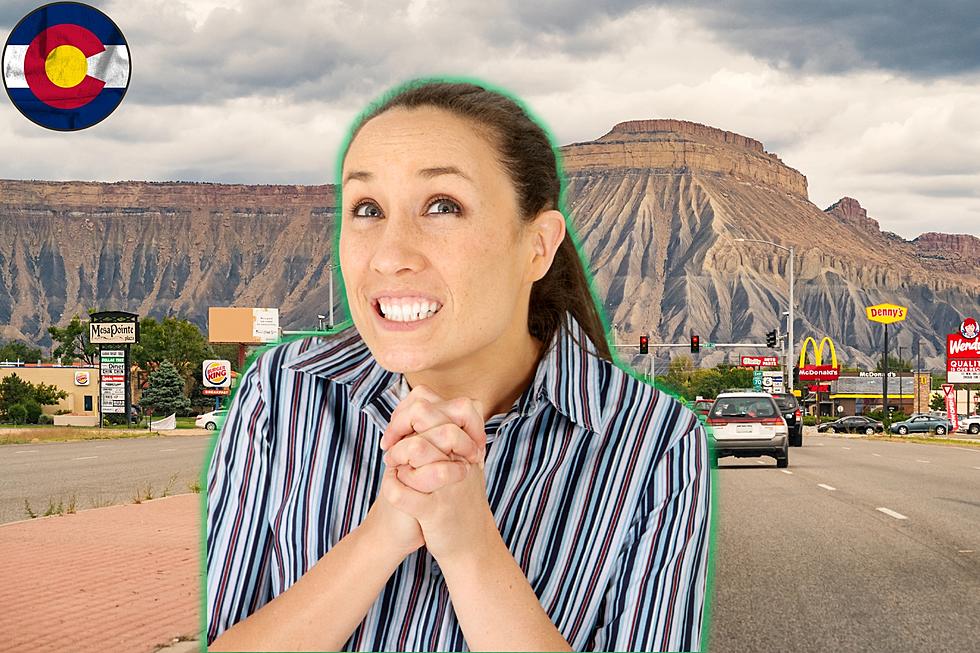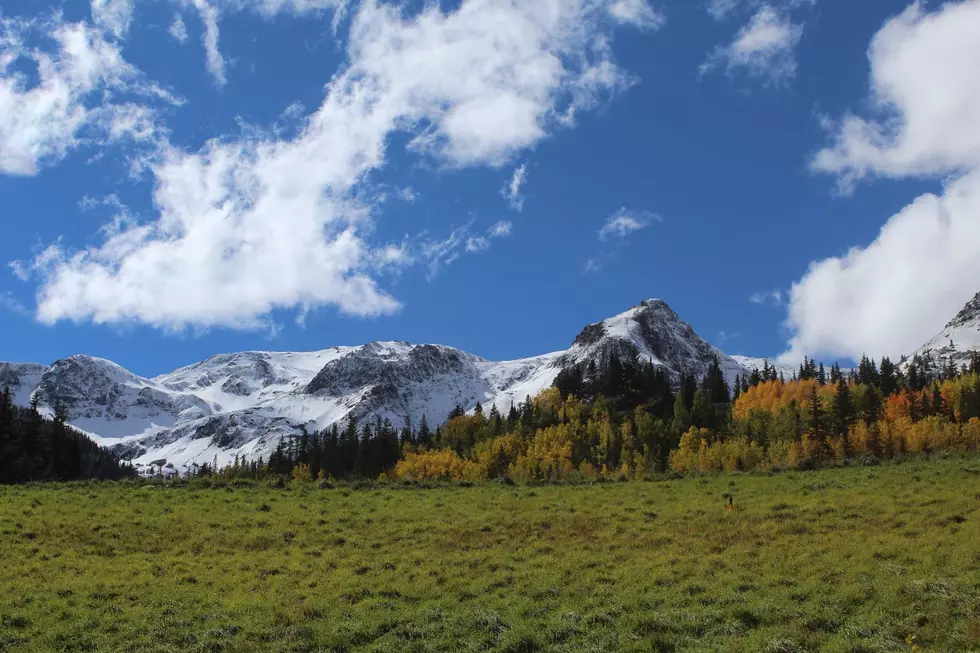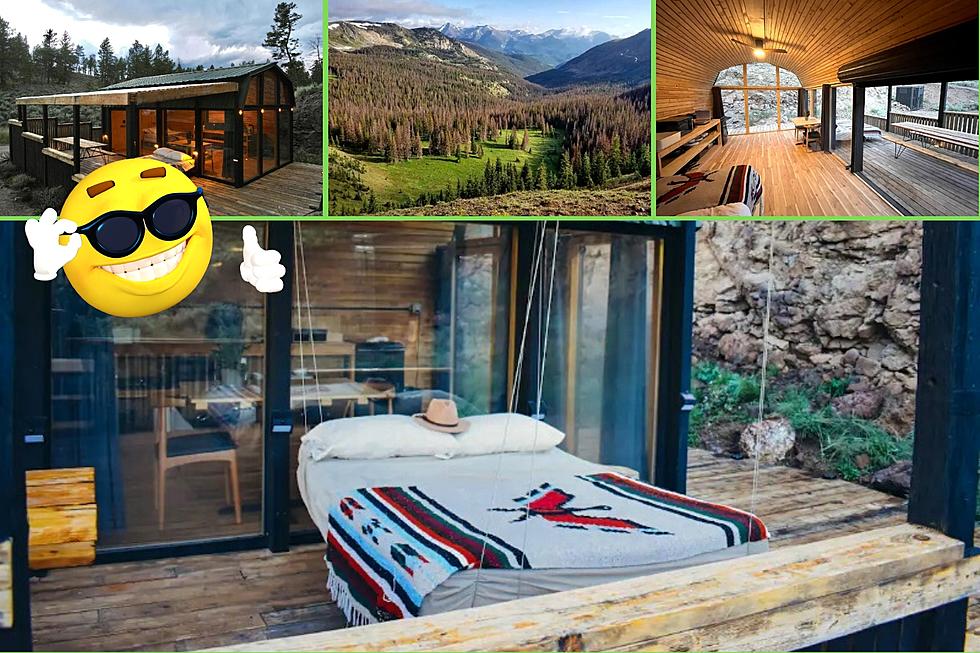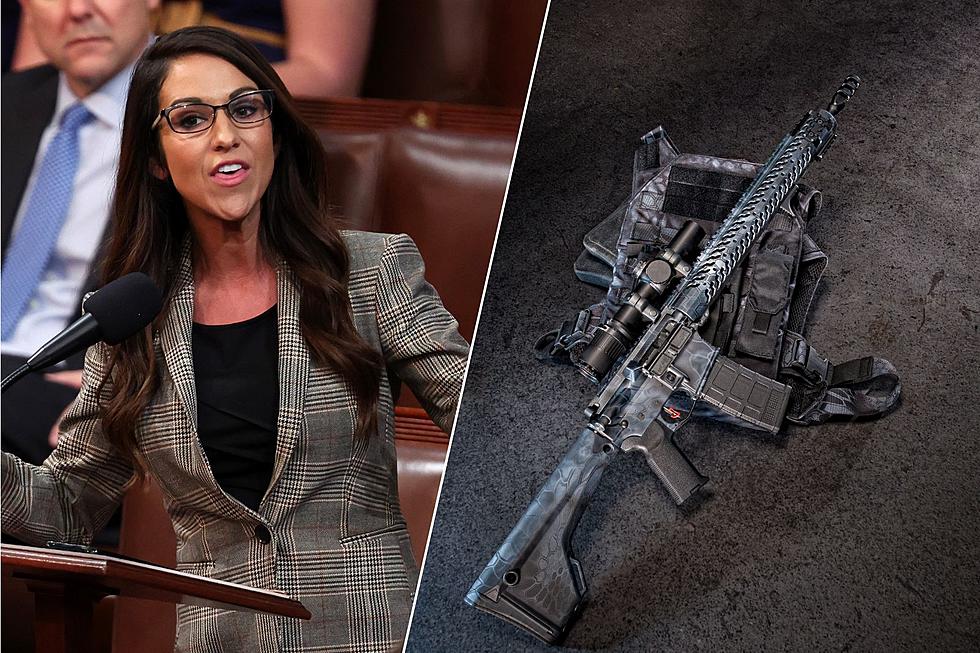
Week 3 – Grand Junction Citizen’s Academy – 911 Calls
The 2013 Spring Grand Junction Citizen’s Academy has begun, and I have decided to take it this year and share with you a little of what I learn each week of the class. The Citizen’s Academy is free and open to anyone who is interested in finding out firsthand how our first responder systems work. If there is an emergency, you grab the phone and dial the first phone number you ever learned – 911! So what happens next? Week 3 of the Grand Junction Citizen’s Academy explained what goes on when you dial 911.
The 911 calls for Mesa County all go to the same place; the Grand Junction Regional Communications Center, which is part of the Grand Junction Police Department. The center is located on the second floor of the Police Department headquarters, which not only answers the 911 calls, but also the non-emergency calls, as well as handles the first responder radio traffic for 21 different agencies in Mesa County. Every department from the largest, the GJPD, to the smallest, Palisade Police, go through the GJRCC. The GJRCC handles local, state, and federal agency calls and radio traffic when needed. The FBI, DEA, CIA, Colorado Bureau of Investigations, and Colorado Highway Patrol use the GJRCC if there is an operation in the area. The Colorado Highway Patrol is normally dispatched out of the Western Regional CHP center in Montrose.
There are several different functions that are handled in the GJRCC. First and foremost are the call takers; there are typically only two people taking calls, although during the busy times there can be as many as six. There are four people that are on the radio stations at all times. There is one person handling GJPD traffic, one person for the Fire Departments, another for Mesa County Sheriff’s radio traffic and the last is the Data-Comm person who is on an encrypted, private channel and is responsible for looking up information that the officers or others may need. Another person that is stationed in the Communications Center handles the Tactical Operations in the event that the SWAT team is called out, or there is a high priority situation, like a shooting, the departments switch to one of nine Tactical channels to communicate. There is also a supervisor that oversees everything and can assist when needed. The members of the GJRCC have miscellaneous duties that they handle also, such as; notarizing arrest warrants and affidavits’, monitoring the building cameras, and other duties that may come up.
There is currently a training center located next to the GJRCC for training new Communication Technicians on the use of the different computer operated systems. You may work on one or two monitors at your work; but a CT has nine computer screens to watch as they work. Also, every CT and station in the Communications Center can handle any of the duties regarding answering phone and radio transmissions if needed. Should there be a problem with the GJRCC not working, the Garfield County RCC is set up the same way and acts as a back-up for handling everything in Mesa County. The GJRCC is also the back-up should Garfield County need assistance with their dispatching.
So now you know what happens when you dial 911. Be assured that the people that are on the other end of the phone are highly trained, ready to get you the help you need, and will always be there if you should need them. Just remember, that calling 911 is for EMERGENCIES ONLY. Please do not call 911 because there are pickles on your cheeseburger when you went through the drive-thru.
Next week the class will be learning different Emergency Medical Procedures that the EMTs with the Grand Junction Fire Department need to know and perform in emergency situations.
More From 95 Rock

